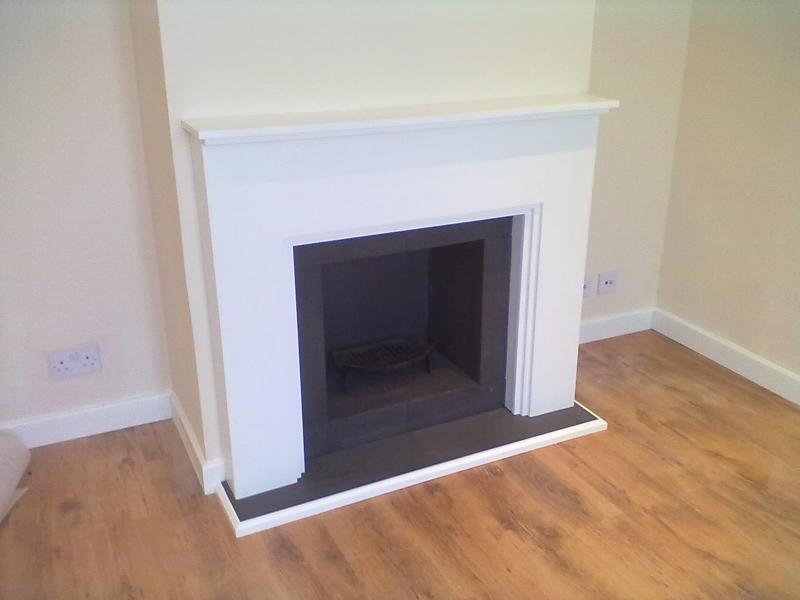Hi,
I'm looking to buy one of those square pillars used to display art in museums and galleries. Similar to those shown on this page:
http://www.plinths.co.uk/products/pedestalbases.htm
I can't stretch to the £125 cost of those and really need it for Friday... so I'm intending to try and build my own.
It will be used to sit a computer monitor on top of. Ideally I'd really like a removeable rear that exposes a shelf about 3/4 of the way up. This is where I would store the laptop that connects to the monitor. I'd have a small hole in the top of the rear panel to let the wires enter/exit. I would also consider adding a base, so that something very heavy can be placed there to make the display more stable and "bottom heavy"
I'd be really interested to know how you would advise me to build this? I'm quite inexperienced with wood-working so feel free to be as "basic" in your instructions as you like - it will be impossible to offend me! I've got most of the basic hand tools plus a drill, electric jigsaw and electric hand sander.
Would you make a frame + thin mdf sides? No frame and make it out of pine? How would I do the joins? Any specifics or links to tutorials I could adapt would be really, really helpful here.
Any tips for the removable back? I have a bunch of strong magnets and I was thinking of just holding the back on by magnets. That would spoil the seamless look a little bit, but it would be against the wall so not too obvious.
Any advice much appreciated!
I'm looking to buy one of those square pillars used to display art in museums and galleries. Similar to those shown on this page:
http://www.plinths.co.uk/products/pedestalbases.htm
I can't stretch to the £125 cost of those and really need it for Friday... so I'm intending to try and build my own.
It will be used to sit a computer monitor on top of. Ideally I'd really like a removeable rear that exposes a shelf about 3/4 of the way up. This is where I would store the laptop that connects to the monitor. I'd have a small hole in the top of the rear panel to let the wires enter/exit. I would also consider adding a base, so that something very heavy can be placed there to make the display more stable and "bottom heavy"
I'd be really interested to know how you would advise me to build this? I'm quite inexperienced with wood-working so feel free to be as "basic" in your instructions as you like - it will be impossible to offend me! I've got most of the basic hand tools plus a drill, electric jigsaw and electric hand sander.
Would you make a frame + thin mdf sides? No frame and make it out of pine? How would I do the joins? Any specifics or links to tutorials I could adapt would be really, really helpful here.
Any tips for the removable back? I have a bunch of strong magnets and I was thinking of just holding the back on by magnets. That would spoil the seamless look a little bit, but it would be against the wall so not too obvious.
Any advice much appreciated!


